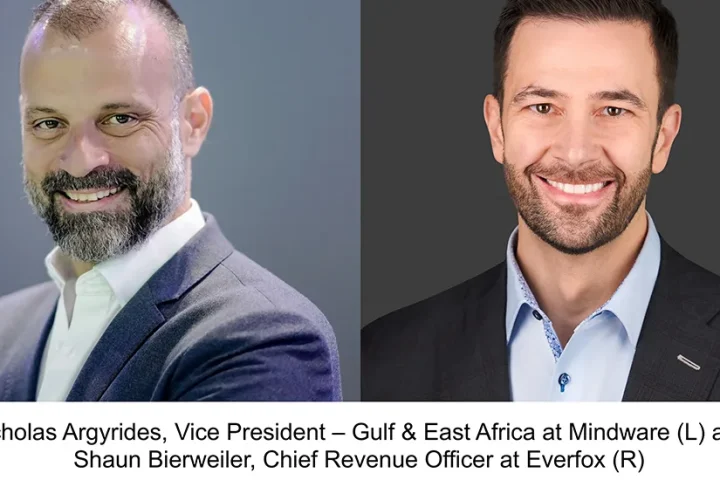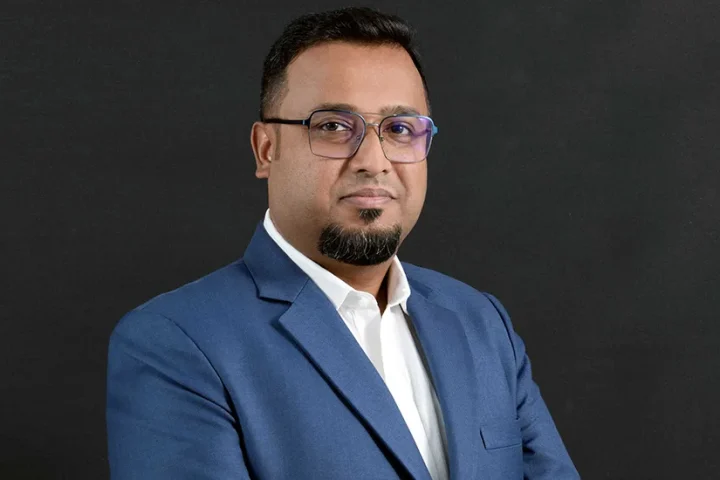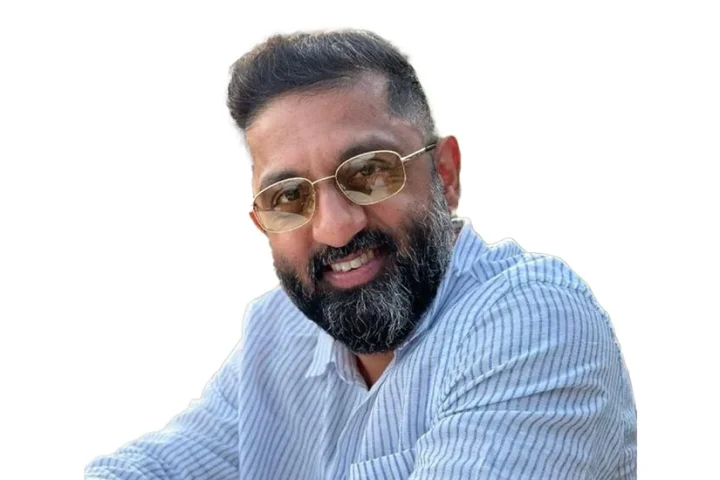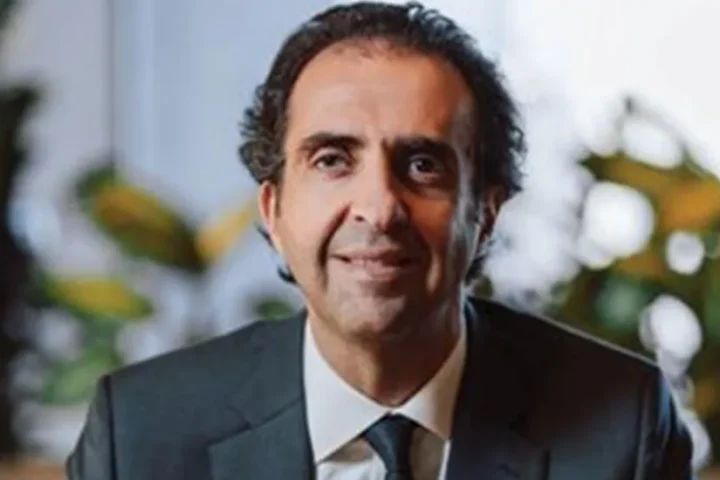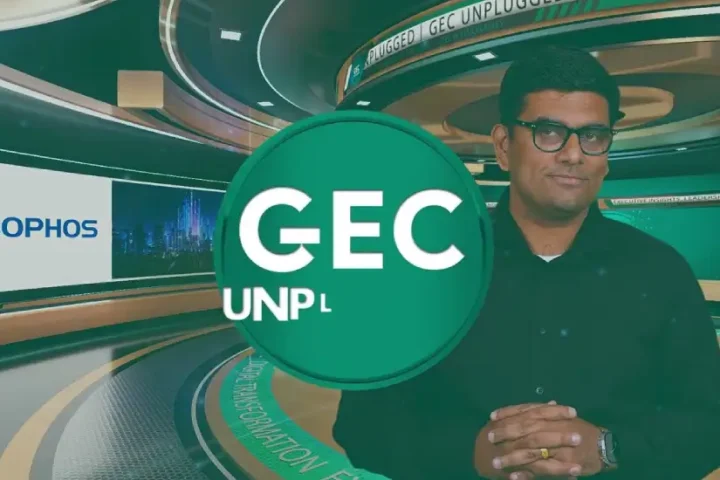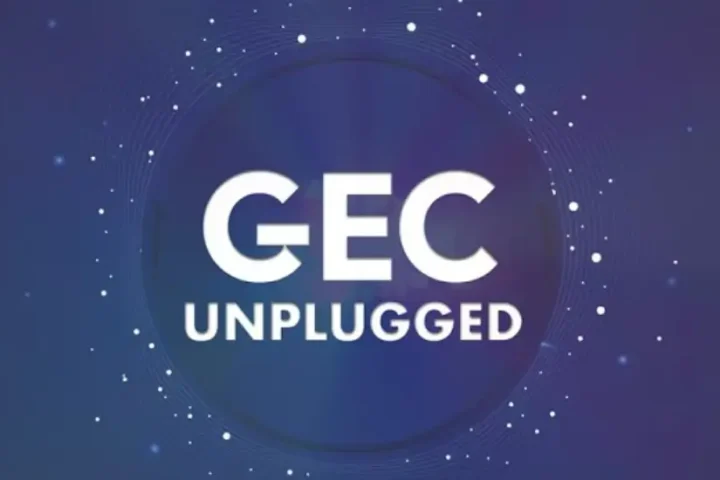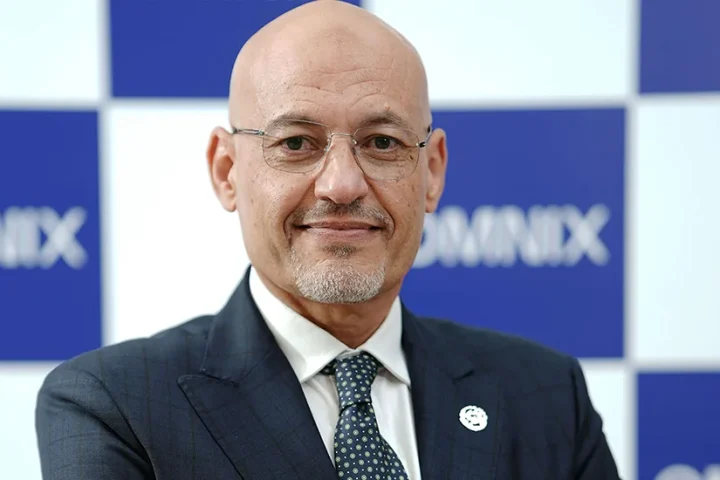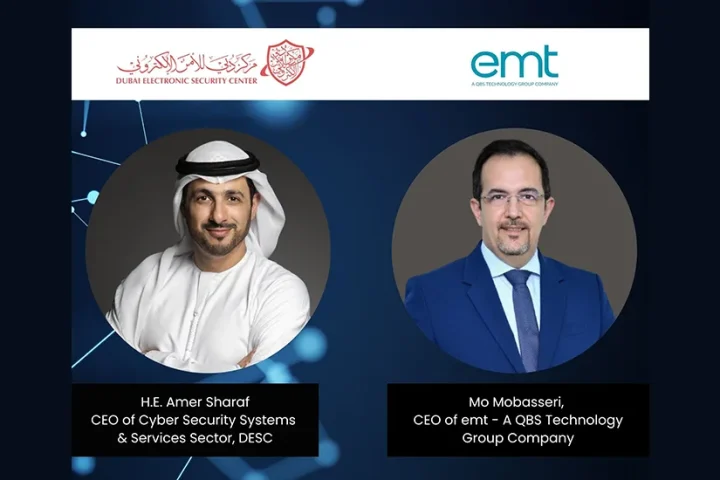With Nations Academy on the rollout, GEMS Education is building that perfect bridge between technology and next gen education. While creating future leaders, the global education chain is making sure that technology is readying its student to be the next ‘Global Digital Citizens’. In conversation with Thomas Steele-Maley, Director of Technology and Innovation, GEMS Education
While varied sectors across the globe and digital citizens across the world embark on new digital realities every day, the educational sectors have to play a crucial role in not only preparing the next generation of leaders to compete and thrive in a digital world but also to make them familiar with the technologies at disposal by implementing it into the roots and veins of the classroom, campus and the pedagogy. Thomas Steele-Maley, Director of Technology and Innovation, GEMS Education states that the implementation of technology in education sector may be low, but it is not because schools don’t have the technologies in place , it is because they do not have the processes of innovation to recreate education with those tools.
From Toddlers to Techies: Preparing Students All the Way
Thomas believes that when we think of connectivity for the young people we need to give them the direct experiences of building cloud enabled devices or actually coding internet of things based product themselves and understand how they connect to a larger grid. Taking that knowledge we can move to the community, we can start to realize some of Sheikh Mohammed’s goals of the connected Dubai and the city of the future. We take it very seriously. Right from our preschool programs, we have a device called ‘SPEC’ which is an air quality sensor that gives students an opportunity to directly sense their air quality and put that back in the form of data to the class as early as the first grade. We take that and move on to a very advanced program of IoT in the middle school where kids actually build the infrastructure of the IoT. We want them to understand the sensors as much as move through the sensors so that they can be effective consumers and global citizens and we see this push across the world.”
Securing What Those Little Hands Click on
Large enterprises encounter security threats on a daily basis owing to malicious activities that come in due to one wrong click or one lethal yet unknown virus. So how to ensure the safety and security of the devices that the kids lay hands on? Thomas explains, “We have an interdisciplinary innovative technology program which is actually a curriculum that deals with digital citizenship and deals with data security. So, kids from an early age do understand basic pieces of what to click or what not to click and evaluate a website for authenticity. We are one of the pioneers to start this program to actually look at ‘acceptable use policy’ as a code of conduct. What the students understand is that, the environment that they are moving around in the school is the same everywhere. It reflects how you act and behave in the world.”
Nations Academy: The Lighthouse for Innovation
Talking in detail about the Nations Academy, which is all set to be unveiled to the world, Thomas says that they have a special project going on in GEMS and that is building a Student’s that would empower the students to learn in the 21st century in an international school with a unique American curriculum where students are highly literate in the traditional subjects. “We are giving them a 360 degree view of what it means to live in the 21st century. Students will be creating more than they would be consuming and we have inculcated standard aligned project based learning methodology tied to global problems and which the students would be exhibiting not only to internal GEMS world but also to the world out there in general.”
Teacher’s Pet or Technology’s Pet?
iPads and tablets are an integral part of a student’s life and pedagogy now which has somewhat alienated the student from the teacher and hindered the rapport that was there once. Thomas agrees to disagree. He says, “Information is ubiquitous but teachers can’t be replaced. Technology is actually used as a part of the teaching and learning process. You have a window open to the world through connectivity and other technologies. Technology has the power to do it but the relationships that are built between the teachers and the students and between students and students are directly enabled within the culture of the school. The best teachers cannot be replaced by technology. If it could have replaced, it would have by now.”




